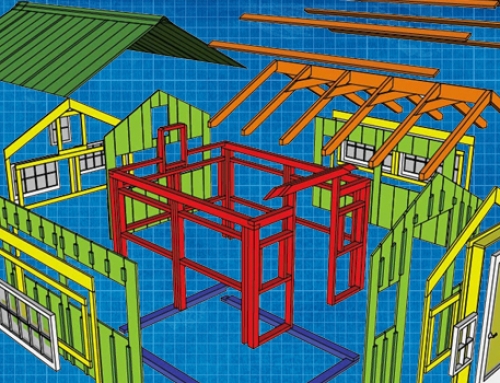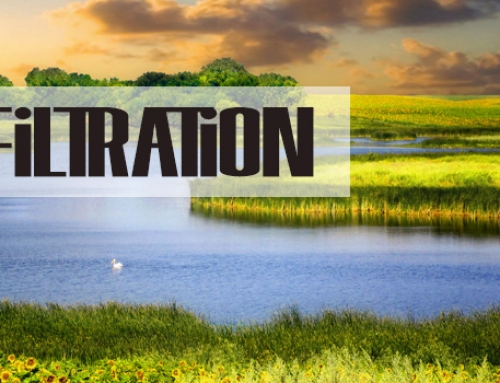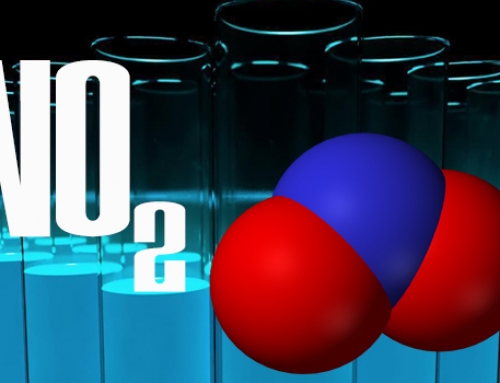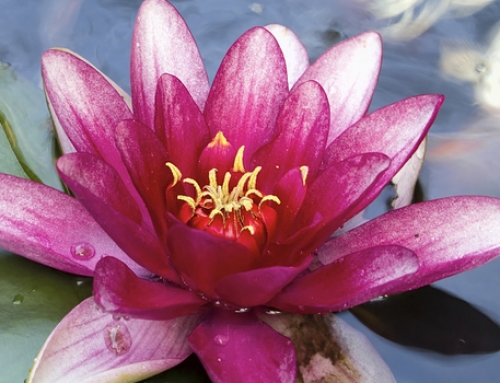Project Description
Balances in the water of your Aquaponics system are not only necessary for the health of your system’s plant and animal life, but it’s also keeping it clean from algae and naturally forming poisons. Cloudy, dirty water or even water that is unbalanced is unsafe for the overall health of any water system environment. While there are plenty of filtration systems and cleaning kits you can use and employ, it will be helpful for Aquaponimaniacs to understand the elements of this balance you are seeking and how they work in the system itself.
Any change to your system’s water’s chemistry will have a great impact on the plant and animal life therein. While you can obtain test kits and water treatments to ensure a healthy water balance, you will first need to know what that chemistry means and how it works in your system. When you test your water, you will essentially be checking levels of pH, nitrites, nitrates, ammonia, and protein. Any one of these areas may require treatment to restore it to its appropriate level.
The pH level of your water refers to the measurement of its acidity or alkalinity. If your system’s water is under pH 6.5, it is acidic; if the water measures higher than pH 7.5, it is alkaline water. Not surprisingly, most fish require a healthy pH level that is between 6.5 and 7.5. A level that is over pH 8.5 will cause distress to your plant growth as well as harm your fish, so maintaining the appropriate level is of utmost importance for the health of your Aquaponic system.
If ammonia is not dealt with in your water, it will prove deadly for your fish. Even slight levels of ammonia will distress your fish because it leaves them open to infection and disease. Unhealthy levels of ammonia are caused by fish overpopulation and excess detritus, which is essentially comprised of fish waste decaying plants. Ammonia levels need to be regularly pumped to the grow beds to safeguard the fishies of your ecosystem.
As the ammonia levels in the water remain, nitrites will form. Nitrites are especially toxic for fish. While the beneficial bacteria and enzymes residing in the water will eventually turn these nitrites into benign nitrates, this process is helped immensely by the grow bed’s media and the plants themselves.
Nitrates are a form of nitrogen; they are not harmful to fish and are basically food for your system’s plants. In other words, they are good things. But, an excess of nitrates cannot always be safely absorbed by the pond’s plant life. In such cases, an over-abundance of nitrates can lead to methane gas production, blanket weed, algae, the high acid content in the water, etc.
You need to keep a balance of plants in the grow beds that can readily utilize the nitrates and clean the water to the point where your fish aren’t distressed or algae start to form.
Protein in the system water means a buildup of animal protein that usually stems from decomposing matter in the form of fish food, or fish waste. This only becomes a problem when the size of your system is such that it requires a lot of fish to plant ratio. This too must be treated to avoid excess levels of ammonia, nitrites, and nitrates, and an unbalanced pH level. This is done by the addition of a clarifier and or biofilters to your system. Of course, if your system is outside and exposed to the open air, there are always potentially harmful bacteria that may find their way into the water – like heterotrophic bacteria which generally form in unfiltered water. Getting rid of unwanted species like this is also necessary for the vibrance of your system.
Hopefully, this will help all the potential Aquaponimaniacs out there and not detract them from incorporating a system in their self-reliance pursuits. Even though Aquaponic systems require routine maintenance, a decent biofilter, routine water testing, and occasional water treatments will usually make for a beautiful and healthy ecosystem. The joy far outweighs the work!





